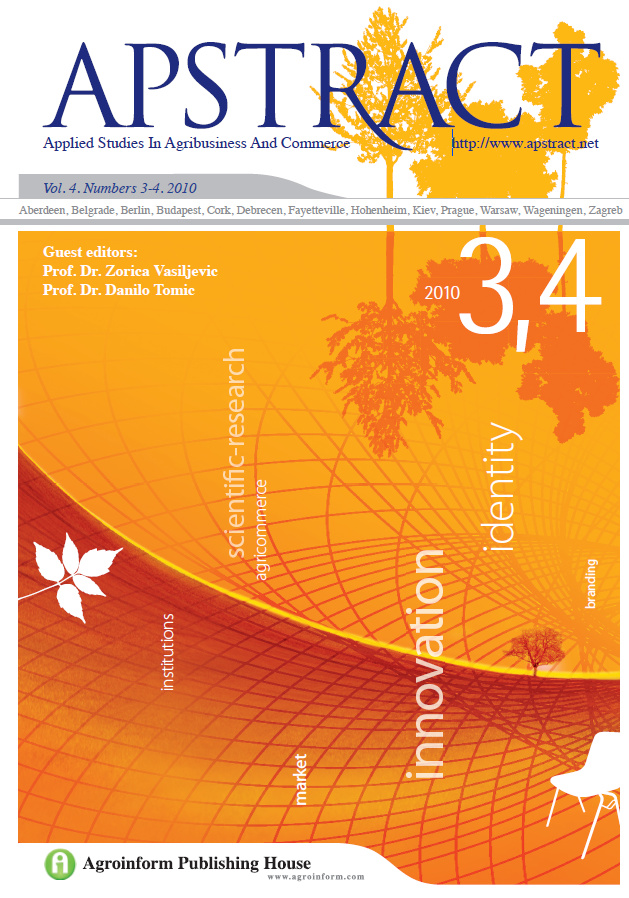Role of innovations and knowledge – infrastructure and institutions
Author
View
Keywords
How To Cite
Abstract
There is a well known saying: Research converts money into knowledge, innovation converts knowledge into money. The knowledge-based economy has four pillars: innovation, education, the economic and institutional regime, and information infrastructure. Transformation towards a knowledge-based economy will necessarily shift the proportion and growth of national income derived from knowledge-based industries, the percentage of the workforce employed in knowledge-based jobs and the ratio of firms using technology to innovate. Progress towards a knowledge-based economy will be driven by four elements: human capital development, knowledge generation and exploitation (R&D), knowledge infrastructure. Increased investment in these four areas will certainly have an impact. National experience, however, suggests that an incremental approach will not work. Nations that have achieved accelerated growth in outputs and capabilities have acted decisively, targeting investments in areas of strategic opportunity. The organizational and infrastructural improvement of research requires supranational cooperation and the promotion of the free movement of knowledge. Therefore, the EU decision on the establishment of the European Institute of Innovation and Technology (EIT), which ensures that the GDP proportion for research and development (R&D) shall achieve 3% stipulated by member states in the long run, is particularly welcome.


 https://doi.org/10.19041/APSTRACT/2010/3-4/1
https://doi.org/10.19041/APSTRACT/2010/3-4/1




